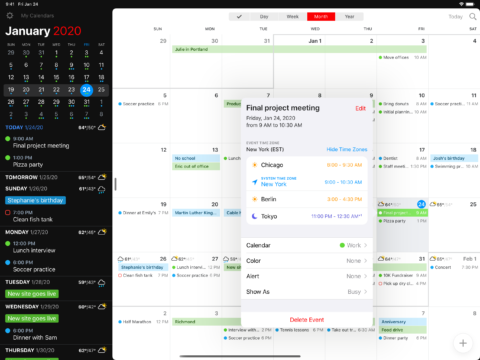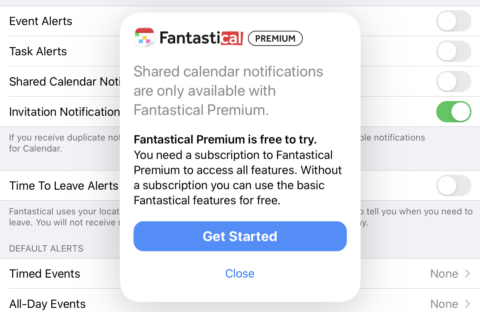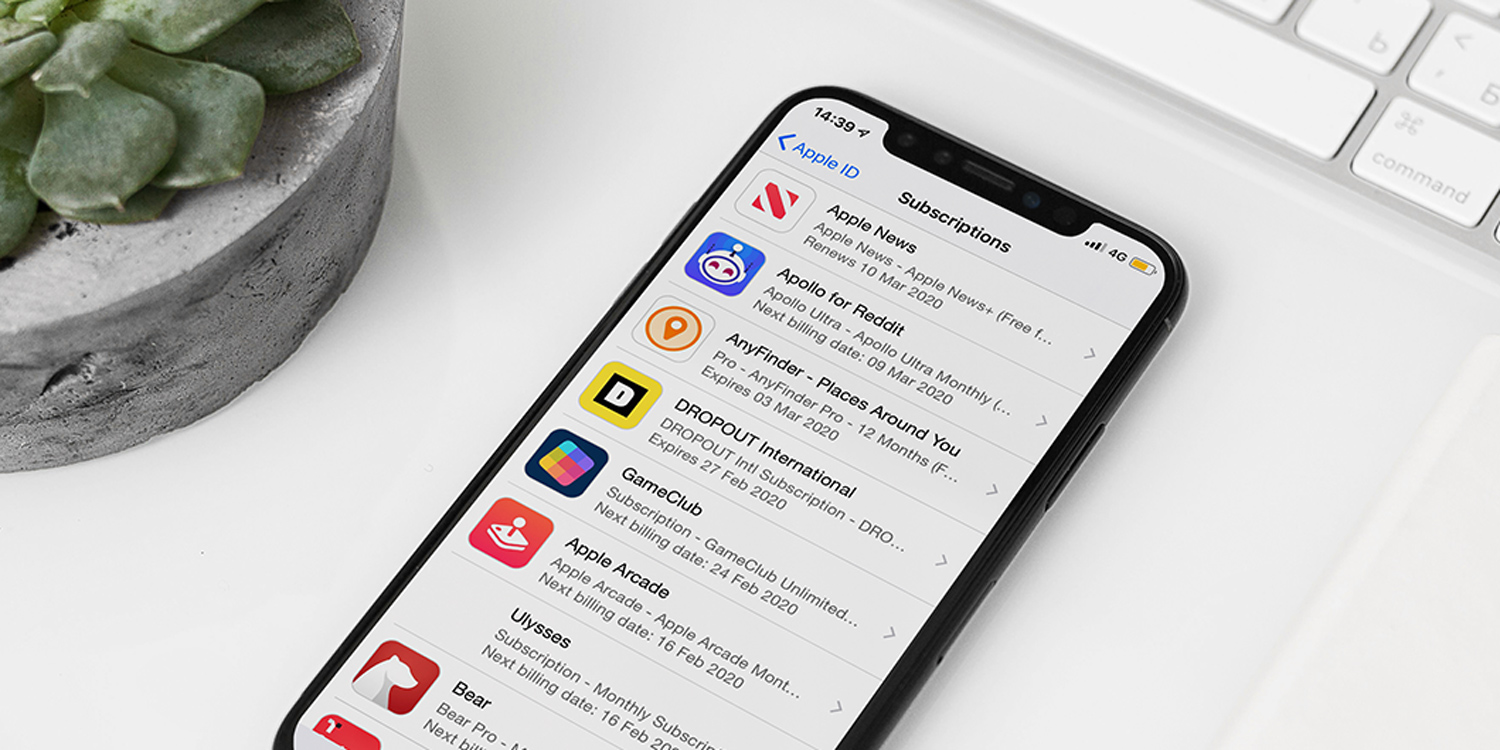We look into why apps are moving to subscription pricing, and what that means for you
Software pricing was once very simple: you paid for a product; the end. Perhaps you’d get a discount when a new version was released, but otherwise this was the most basic type of transaction. On mobile, things are no longer so straightforward – and that’s because we’ve entered the era of app subscriptions.
Editor’s note: even we now offer bonus content for Premium subscribers, though the core app experience – news updates, app reviews, tips and tricks – remains free.
On iPhone and iPad, apps have in recent years increasingly embraced monthly pricing, which has resulted in some people going berserk. On discovering an app’s using subscription pricing, keyboard warriors the world over leap into action, leaving angry one-star App Store reviews due to developers “ripping them off”.
Subscriptions, it seems, aren’t terribly popular. But why is that the case? And if subscription pricing provokes such visceral reactions, why are app creators increasingly turning to this payment model?
Race to the bottom
To understand how we ended up here, we must travel back to the dawn of the App Store. In those heady days, apps were initially priced sensibly – even basic utilities often cost five bucks. But everything was upended by a ferocious race to the bottom that obliterated any notion of value on iPhone. Increasingly, app creators were fighting for scraps.
Games became infested with ads, as did quite a few apps. Some premium products soldiered on, albeit at price points lower than equivalent desktop fare. And even there, the App Store trained people to expect free updates, forever (and, in some cases, entirely free premium-quality apps). That’s fine for a company like Apple, which can afford to give away Pages and GarageBand; not so much for app creators who depend on income from app sales.

Furthermore, some apps have further associated costs you may not be aware of. One example is the highly-regarded weather app Carrot Weather, a premium offering that raised eyebrows on introducing an additional multi-tier subscription to unlock many of its features. “I added that out of necessity,” says creator Brian Mueller. “Weather data gets very expensive because providers charge for each update request. The Apple Watch app refreshes constantly throughout the day to keep its complications up to date. Without the subscription, I’d in a year lose money over what someone originally paid for the app.”
The choice, he says, was in offering the subscription, or not adding such features at all. Still, Carrot’s subscription is at least optional – but that’s not always the case.
Market forces
When version 3 of calendar app Fantastical was revealed, its new features came at a price – one you now pay Flexibits on a monthly basis. Whereas Fantastical 1 and 2 were yours to keep, for a one-off payment, Fantastical 3 costs a fiver a month.
The app’s creators were ready for the inevitable backlash. The thinking behind the change was outlined in a reasoned blog post, which says it no longer makes sense to sell separate versions of Fantastical for a range of platforms. Instead, it’s more logical, sustainable, and user-friendly to have people pay for entry, and use the app on whatever device they like.

Monthly income from subscriptions can positively impact on an app’s development cycle too. “A single, simple subscription allows us to offer all platforms and all features for one reasonable monthly or yearly price,” says Flexibits co-founder Michael Simmons. “But also, a subscription has the benefit where we can develop major new features and release them as they are done, rather than planning and waiting for major upgrades every few years.”
In transition
For anyone willing to pay for a favorite app, that notion of ongoing improvements, rather than a sporadic bump, should appeal. But Flexibits went further, softening the transition in other ways. The base app became free, with a limited feature set, and a 14-day trial anyone could try. For existing owners of version 2, features they’d paid for remain unlocked, forever; and for no further outlay, said users gain access to bug fixes, and new interface elements.
Yet this still didn’t stop lots of people getting angry. Perhaps that’s less to do with Fantastical, and more down to inherent issues with subscriptions as a whole. There’s clearly a growing concern about subscription fatigue. As more elements of life shift from ownership to rental models, costs rack up. Great New App X might be a bargain at only five bucks a month, but when you’ve dozens or more subscriptions on the go, payments can seem relentless and never-ending.
Also, some subscriptions just aren’t worth the money. Some app creators never make good on promises to regularly update apps, leaving them to stagnate. Others get greedy, demanding fees that have poisoned the idea of subscriptions for a great many people. We’re never going to be convinced any filters app, breathing aid, or coloring book is worth five bucks a week (and we’ve seen plenty with price tags at this point or higher). To put that into perspective, that’s twice the cost of a subscription to Adobe Photoshop.
App to the future
Doubtless, some apps will stick with traditional purchase models, or flirt with advertising and other means of generating income. But whatever your thoughts on subscriptions, they may well prove to be the most viable option for funding high-quality apps on mobile and beyond.

This line of thinking is borne out by Apple’s recent announcement about universal apps. As of March 2020, developers will be able to distribute iPhone, iPad, Mac and Apple TV versions of an app as a single universal purchase. It’s likely developers will come in for criticism if they don’t offer universal apps, and yet doing so without shifting to subscription pricing would for a great many apps stretch sustainability to breaking point.
Where this leaves users is unclear. Viability for app creators is vital, or apps go away. But also, the average iPhone owner won’t stomach several dozen products each taking a monthly fee. As ever when spending money, you must figure out what’s most important to you, and reward those products that do a good job when you decide to support them.

